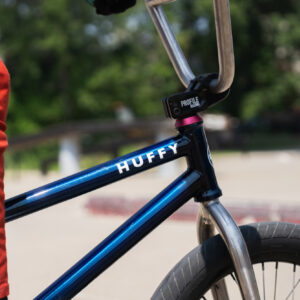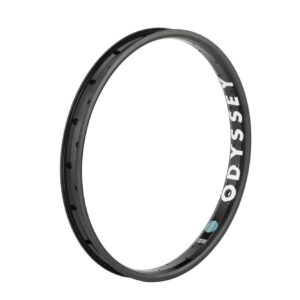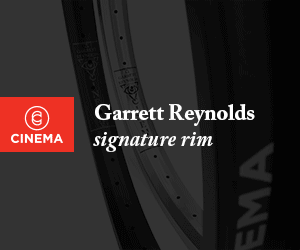The first obstacle I faced was my family and friends. I’d always been blessed to have an inner circle of people who believed in me through good times and bad, contributing to my success in million different ways. Everybody should be as lucky as I am to be surrounded by such great people. but, I started bringing up the term giant ramp, and ran into a wall of resistance from everybody on this one. my wife Jaci didn’t want me to do it. Steve [Swope] didn’t want me to do it. Nobody wanted me even thinking about riding another big ramp. I’d always justified the unacceptable aspects of my lifestyle by calling my conviction an addiction: “I can’t help it—this is the way I am, it’s who I am, and what I have to do.” So, despite their best efforts to dissuade me, my family and friends gave in. I was beyond help.
I knew exactly what they were afraid of—the same thing I was. I’d lost a spleen on previous high air attempts. The force of impact from a 50-foot crash could leave me broken beyond repair, or worse. but rather than be intimidated by the odds, I let the possible consequences dictate just how serious I needed to approach my goal. I didn’t want any excuses, and if I did get, as the saying goes, majorly fu*ked, I never wanted to look back and say, “I should have built a better ramp.” I called Tim Payne, a vertical engineer of serious reputation,
and laid out the plan. Tim and his crew of Dave Ellis and Mike Cruze—Team Pain—arrived in Oklahoma city within a couple weeks, bringing the power tools of the trade and sizable shopping list of materials. No more screwing around, nursing the project along for weeks and months, or standing on scaffolding in the middle of an ice storm trying to finish. I wanted this ramp to be flawless. Perfection came with a $30 thousand dollar price tag. The crew tore into the job like piranha, and my ramp went up in four days. When it was done,
the structure stood 24-feet tall—22-feet of transition with two feet of vert. Tim shook his head, shook my hand, and wished me luck. I cut him a check and he was gone.
The final factor in the formula was momentum. I needed speed to get high: 45, 50 miles an hour at least. Early experiences with Steve’s YZ 125 revealed his cycle wasn’t cutting it. To get rolling that fast meant a motorcycle purchase, a big 250 with the get up and go to tow my 165 pound body and 35 pound bike. $4,500 later, that situation was under control and we had a Yamaha YZ dirt bike. Steve, my tow pilot, needed convincing that I would not kill myself. I bartered with him, promising that if he towed me, just this one last time, I’d start wearing the seat belt in my car (a dangerous habit not to, I know…but…I just never could do it). Steve was aware that if he refused, I’d just get Page [Hussey] or one of the other guys to tow me. I was radiating confidence that I could pull it off, and so Steve reluctantly agreed.
The ramp was stationed on some unused acreage on my dad’s property. There was a 400-foot long plywood runway leading up the face. We made giant mat Hoffman Pro bmx stickers, stuck them at the edges of the ramp, and painted a huge Hoffman bikes skull logo in the center. These were my air traffic control beacons; when I started breaking the 20-foot range, the crisp details of the ramp and coping disappeared. At the peak of my airs, I had to aim for the paint, which lined me up about eight inches away from the coping. That comfort zone gave me plenty of transition to land on but also ensured I didn’t hang up if the wind pushed me back toward the deck. Landing too low, or hanging up from a height of 20something feet over coping would have catastrophic results.
There was a mix of tension, concentration, and glee as I started warming up. The ramp was solid as a mountain, and the runway was reasonably smooth, with the exception of a small bump where water drainage had formed a contour in the ground. I had my approach timing worked around the topography, and knew when to ready my body by the way the earth felt as it sped by underneath my wheels. When I passed a certain tree, I’d throw the knotted nylon tow rope, being careful not to run it over. Then I’d hit the tranny and go straight up. Instead of airs, it felt like I was doing kick-turns or fufanus in the sky. There was very little arc, just an incredible rush of momentum shooting me off the coping, and a few seconds later I’d reach my peak and gravity would stall out. Then I’d have to figure out how to turn around and get down from almost five stories up.





















